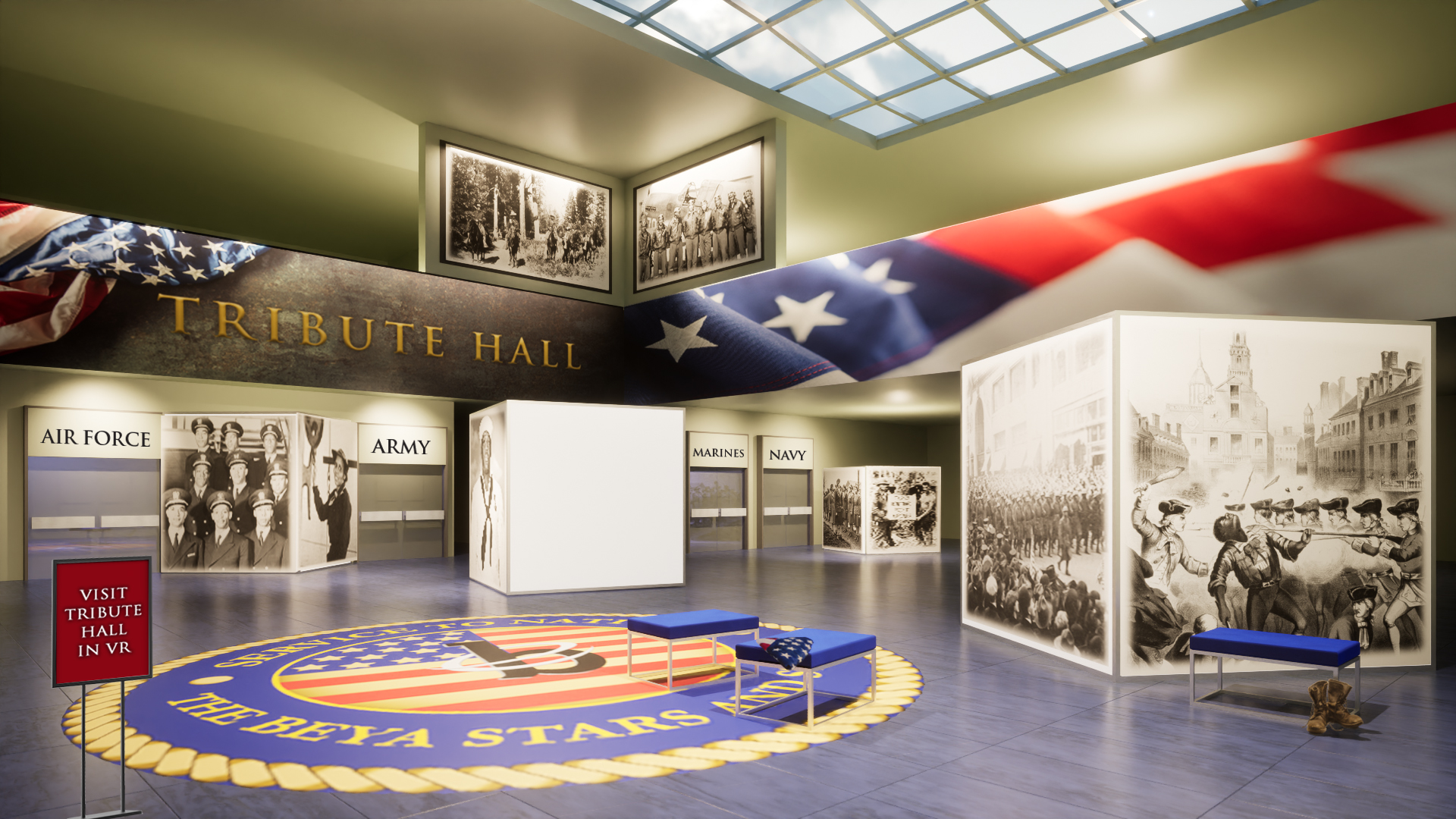



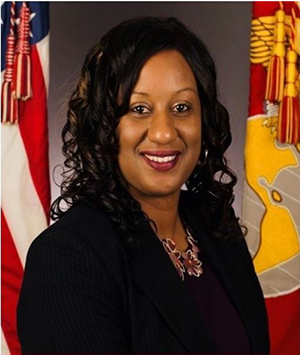
Ms. Renata Spinks currently serves as the Deputy Director of the Command, Control, Communications, and Computers (C4) Department at Headquarters Marine Corps. In this capacity, she also serves as the Deputy Chief Information Officer (CIO) and Senior Information Security Officer for the Marine Corps. Ms. Spinks was appointed to the Senior Executive Service in August 2021, having joined Executive Service as a Senior Leader in August 2018 where she served as the nation's first Cyber Technology Officer; serving at Marine Forces Cyberspace Command (MARFORCYBER). As the Cyber Technology Officer, she led the USMC mobile and remote workforce with cybersecurity tools as the primary focus. She led enabling cyber and intelligence for compute and store, collaboration, access control and identity management, data encryption and governance creating unprecedented use of processes, tools, techniques and protocols for proactive network resiliency and command and control with data driven decision making.

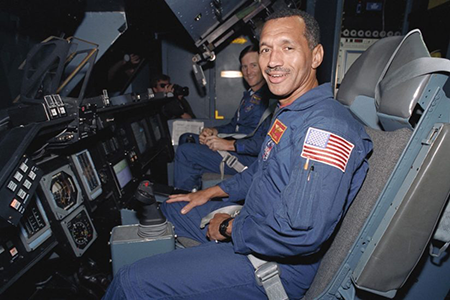
Major General Bolden was born August 19, 1946). is a former NASA administrator, a retired United States Marine Corps Major General, and a former astronaut who flew on four Space Shuttle missions. A 1968 graduate of the United States Naval Academy, he became a Marine aviator and test pilot. After his service as an astronaut, he became Deputy Commandant of Midshipmen at the Naval Academy. On May 23, 2009, President Barack Obama announced the nomination of Bolden as NASA administrator, and he was confirmed by the Senate by unanimous consent on July 15, 2009. He was the first African American to head the agency on a permanent basis. In 2020, Bolden was elected a member of the National Academy of Engineering for leadership and development of US human spaceflight and space operations programs, and for revitalizing fundamental aeronautics research.

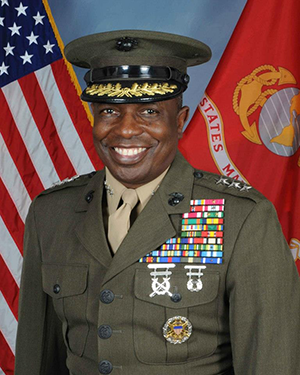
Lieutenant General Walter Gaskin retired on 1 Nov 2013. His last duty assignment was Deputy Chairman, NATO. Lieutenant General Walter E. Gaskin assumed his duties as the Deputy Chairman, NATO Military Committee, Brussels, Belgium on March 22, 2010. A 1974 graduate from Savannah State University's NROTC Scholarship Program with a Bachelor of Science, Lieutenant General Gaskin also earned a Masters degree in Public Administration from the University of Oklahoma in 1992. He has also completed the Senior Executive Seminar from the JFK School of Government, Harvard University in 2002. His professional military education includes The Basic School and Amphibious Warfare School (1982-83) in Quantico; the United States Army Command and Staff College, Leavenworth, KS (1986-1987); the Army War College, Carlisle Barracks, Carlisle, PA (1993-1994); and the Combined/Joint Force Land Component Command (C/JFLCC) Course, Carlisle Barracks, Carlisle, PA (2009).

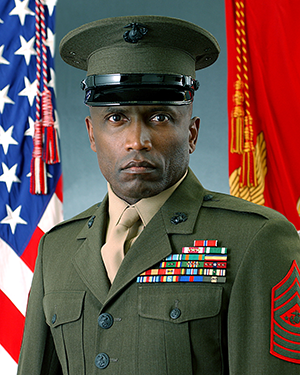
Sergeant Major John Estrada enlisted on 5 September 1973 and attended recruit training at Marine Corps Recruit Depot Parris Island, South Carolina. He completed F-4 aircraft maintenance schools at Naval Air Station (NAS), Memphis Tennessee, and Marine Corps Air Station (MCAS) Cherry Point, North Carolina. SgtMaj Estrada served in numerous assignments to include: Marine Fighter Attack Squadrons in Japan, California, Maryland, and South Carolina. He served two tours on the Drill Field as a Drill Instructor and a Drill Master. He deployed aboard the USS Coral Sea to the Western Pacific and the Arabian Gulf, and was the First Sergeant for Intelligence Company, 3d Surveillance Reconnaissance Intelligence Group, Camp Hansen, Okinawa, Japan; Marine Security Force Company, Norfolk, Virginia; Electronics Maintenance Company, 1st Maintenance Battalion, 1st Force Service Support Group, Camp Pendleton, California; and Company A, 1st Light Armored Reconnaissance Battalion, 1st Marine Division, Camp Pendleton. Sergeant Major Estrada assumed the post as the 15th Sergeant Major of the Marine Corps on 26 June 2003 and served in this position until 25 April 2007.

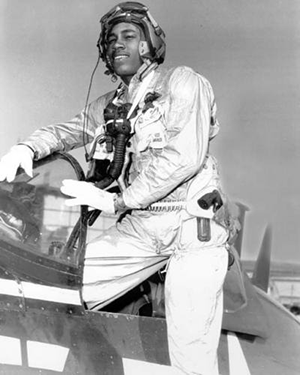
Lieutenant General Frank Petersen was born in Topeka, Kansas in 1932. He joined the U.S. Navy as a seaman apprentice in June 1950. He served as an electronics technician and in 1951 entered the Naval Aviation Cadet Program. In October 1952, he completed flight training and accepted a commission as a second lieutenant in the Marine Corps. He earned his gold wings and was the Marine Corps’ first Black aviator. He flew combat missions during the Korean War and was awarded the Distinguished Flying Cross. He has served two combat tours: Korea in 1953 and Vietnam in 1968. He flew in excess of 350 combat missions. He had over 4,000 hours in various fighter/attack aircraft. His numerous decorations included the Defense Superior Service Medal; Legion of Merit with Combat "V"; Distinguished Flying Cross; Purple Heart; Meritorious Service Medal; Air Medal; Navy Commendation Medal with Combat "V"; and the Air Force Commendation Medal. He was designated the respective titles of “Silver Hawk” and “Grey Eagle.” Lieutenant General Petersen died in 2015.

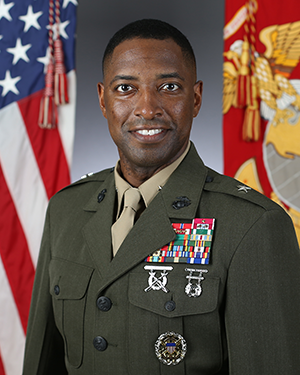
Brigadier General Ahmed Williamson currently serves as the Director, Manpower Plans and Policy, and Chief Diversity Officer for the Marine Corps. He is responsible for formulating Marine Corps force manpower plans and certain manpower policies. He is also responsible for determining total manpower needs and preparing plans, policies, programs, and instructions on manpower matters to implement the Commandants policies and decisions. Designated as a Communications Officer, he earned certifications as Wire, Satellite, and Data Communications Platoon Commander. He served as a Branch Chief in the J6 Communications Systems Directorate, and deployed to Iraq, as the J6 Director of Communications for a Joint Special Operations Task Force during Operation NEW DAWN. He was responsible for leading the team that trained, educated, screened, evaluated, and developed the next generation of officers in the Marine Corps.

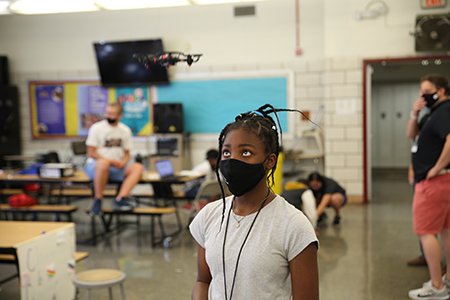
Faith Akinbowale, a middle school student, tests her team’s computer-operated drone, inspired by 2021 “Ingenuity” Mars landing, during the 10th installment of the Marine Corps Systems Command Summer STEM Camp June 23 at Marine Corps Base Quantico, Virginia. Hosted by Marine Corps Systems Command, the weeklong camp fostered a creative environment that enabled local teens to experience hands-on STEM activities inspired by NASA. (U.S. Marine Corps photo by Matt Gonzales).

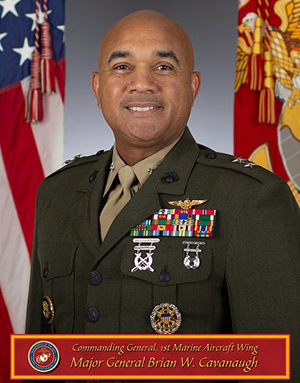
Major General Cavanaugh is a native of Baltimore, Maryland. He earned his commission in the Marine Corps in 1990 and was designated a Naval Aviator in 1992. From 1993-1997, Major General Cavanaugh was assigned duties with HMH-462 in Tustin, California. He served in the Maintenance Department and later as the Logistics Officer, Intelligence Officer and the Operations Officer. During his time in the squadron, Major General Cavanaugh completed two tours to Okinawa, Japan, as part of the Unit Deployment Program (UDP) and served twice with the 31st MEU (SOC) conducting shipboard operations throughout the Pacific.

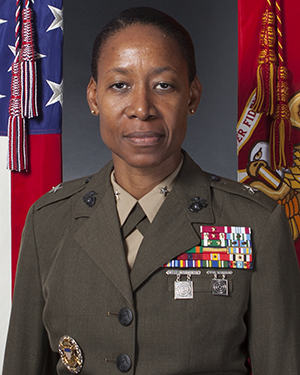
Brigadier General Lorna Mahlock is the Assistant Deputy Commandant for Information, Director, Command, Control, Communications and Computers (C4) leading the Office of the Chief Information Officer (CIO) for the Marine Corps. Designated as an Air Traffic Control Officer, she earned certifications as a Federal Aviation Administration (FAA) Tower Local Controller and a Marine Aviation Weapons and Tactics Instructor.

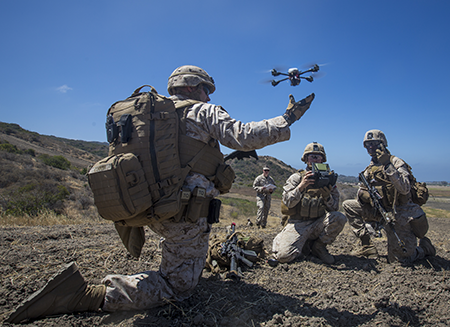
MARINE CORPS BASE CAMP PENDLETON, Calif. - U.S. Marine Lance Cpl. Benjamin Cartwright, an infantry Marine with Kilo Company, 3rd Battalion 5th Marine Regiment, launches the Instant Eye MK-2 Gen 3 unmanned aerial system during an exercise for Marine Corps Warfighting Laboratory's Marine Air-Ground Task Force Integrated Experiment on Camp Pendleton, Calif., July 9, 2016. The Warfighting Lab is conducting an experiment in conjunction with the Rim of the Pacific exercise to explore new gear and assess its capabilities for potential future use. The Warfighting Lab identifies possible challenges of the future, develops new warfighting concepts, and tests new ideas to help develop equipment that meets the challenges of the future operating environment. (U.S. Marine Corps photo by Pfc. Rhita Daniel/Released).

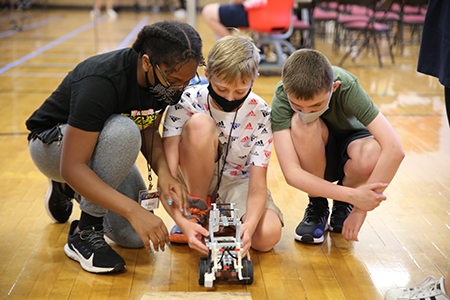
Middle school students Ashley Ford, Kelan Wheeler and Drake Kronenberg test their Lego-constructed ground vehicle, inspired by the 2021 “Perseverance” Mars landing, during the 10th installment of the Marine Corps Systems Command Summer STEM Camp June 23 at Marine Corps Base Quantico, Virginia. Hosted by Marine Corps Systems Command, the weeklong camp fostered a creative environment that enabled local teens to experience hands-on STEM activities inspired by NASA. (U.S. Marine Corps photo by Matt Gonzales).

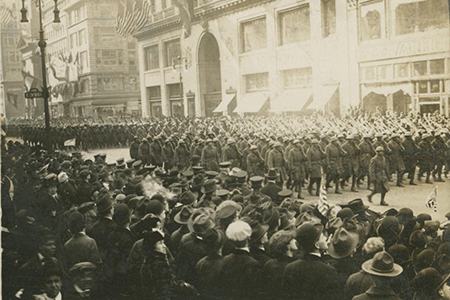
A century ago, on Feb. 17, 1919, the US Army’s 369th Infantry Regiment, nearly 3,000 African American soldiers and known as the Harlem Hellfighters, returned from World War I and marched up Fifth Avenue in Manhattan before hundreds of thousands of cheering New Yorkers. The Harlem Hellfighters weren’t supposed to be heroes, but they were among the “hyphenated” troops whose accomplishments demonstrate that the United States’ asymmetric advantage, in war as well as in peace, is diversity.

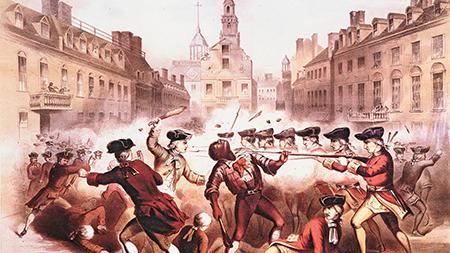
Prior to the revolution, many free African Americans supported the anti-British cause, most famously Crispus Attucks, believed to be the first person killed at the Boston Massacre. At the time of the American Revolution, some Black men had already enlisted as Minutemen.

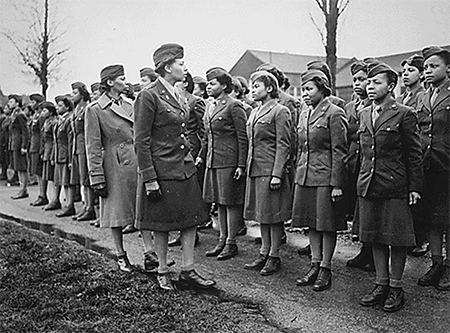
American women have participated in defense of this nation in both war and peacetime. Their contributions, however, have gone largely unrecognized and unrewarded. While women in the United States Armed Forces share a history of discrimination based on gender, black women have faced both race and gender discrimination. Initially barred from official military status, black women persistently pursued their right to serve.

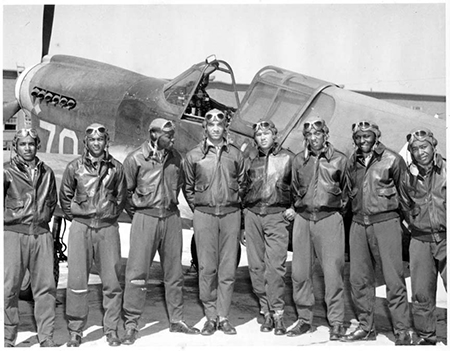
The Tuskegee Airmen were a group of primarily African American military pilots (fighter and bomber) and airmen who fought in World War II. They formed the 332d Expeditionary Operations Group and the 477th Bombardment Group of the United States Army Air Forces. The name also applies to the navigators, bombardiers, mechanics, instructors, crew chiefs, nurses, cooks, and other support personnel.

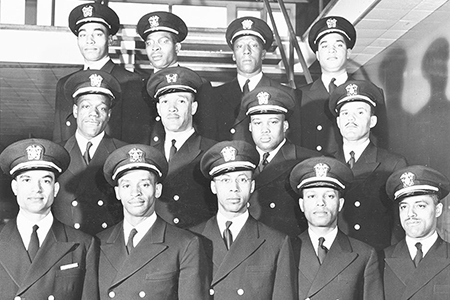
In January 1944, there were nearly 100,000 Black Sailors in the United States Navy, but none were officers. That would change when a group of sixteen Black enlisted men were assembled at Recruit Training Center, Great Lakes, in Illinois for officer training that month. The odds were initially stacked against them as there was still a strong sentiment within the Navy that African Americans could not succeed as officers. The normal officer training course was sixteen weeks, however these men were expected to complete it in eight – a move that they believed was an attempt to set them up for failure. The Navy also expected a twenty-five percent attrition rate, similar to that of white officer candidates. However, the group of sixteen were determined not to fail, and supported one another throughout the brutal pace of the training.

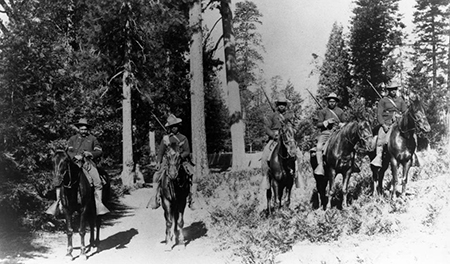
African Americans served in the U.S. Military during the Civil War and continued to serve afterwards. Many of these soldiers went on to fight in the Spanish-American War and the Philippine-American War. Although the pay was low, only $13 a month, many African Americans enlisted because they could earn more and be treated with more dignity than they often received in civilian life.
In 1866, Congress established six all-black regiments (consolidated to four shortly after) to help rebuild the country after the Civil War and to fight on the Western frontier during the "Indian Wars." It was from one of these regiments, the 10th Cavalry, that the nickname Buffalo Soldier was born. American Plains Indians who fought against these soldiers referred to the black cavalry troops as "buffalo soldiers" because of their dark, curly hair, which resembled a buffalo's coat and because of their fierce nature of fighting. The nickname soon became synonymous with all African-American regiments formed in 1866.






